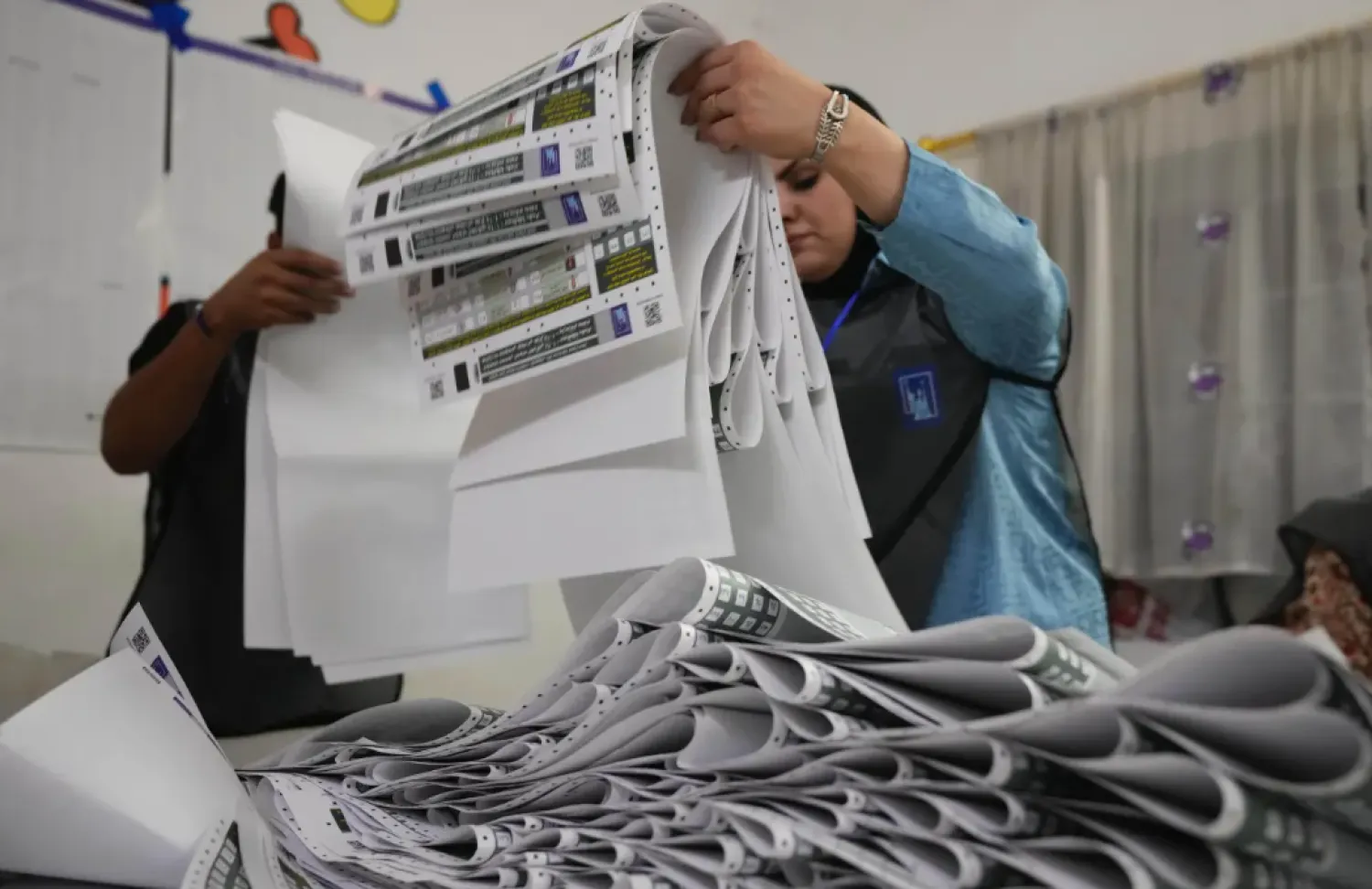Sudan and Egypt signed on Friday a memorandum of understanding on joint military cooperation during talks held in Khartoum between both countries’ army chiefs of staff.
They did not reveal details of the MoU, which was signed a few months after a similar military cooperation agreement was reached.
Sudanese Chief of Staff Lt. Gen. Mohammed Osman al-Hussein and his Egyptian counterpart Lt. General Mohamed Farid Hegazy concluded on Thursday military talks and signed the understanding, Sudan’s state news agency (SUNA) reported.
Hussein commended the remarkable development in ties between both armies and thanked the Egyptian armed forces for their support and cooperation with Sudan, SUNA said.
Hegazy, for his part, underscored the depth of bilateral relations, noting that his visit is in line with the army’s follow-up of the latest agreements between the two sides.
He had stopped in Khartoum for a short visit on his way back to Cairo from Congo.
The pace of Sudanese-Egyptian military rapprochement has increased recently.
In March, both armies signed a military cooperation agreement covering training and border security.
In May, land, sea and air forces from both countries held the “Guardians of the Nile” maneuvers in Sudan's Um Siyala region.
They were the third drills following the “Nile Eagles-1” held in November 2020 and the “Nile Eagles 2” in April 2021.
The development of military ties is taking place amid mounting tensions with Ethiopia over the massive dam it is building on the Nile River’s main tributary.
Tensions are also high between Sudan and Ethiopia over the al-Fashaqa, a fertile border region where Ethiopian farmers have long cultivated fertile land claimed by Sudan.
Khartoum and Addis Ababa have been locked in a tense war of words over the region, trading accusations of violence and territorial violations in the area.









